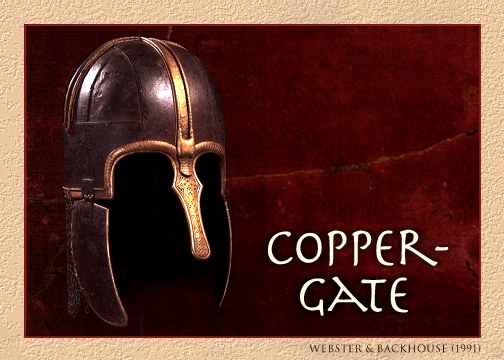

[AD 867] "Here the raiding-army went from East Anglia over the mouth of the Humber to York city in Northumbria; and there was great discord of the nation among themselves...and it was late in the year when they turned to making war against the raiding-army, nevertheless they gathered a great army and sought out the raiding-army at York city and broke into the city, and some of them got inside; and an immense slaughter was made of the Northumbrians there, some inside, some outside, and both the kings were killed, and the survivors made peace with the raiding-army."
Anglo-Saxon Chronicle (Winchester MS)
Eoforwic (York) fell to Ivarr the Boneless in AD 866, during a time of civil war in Northumbria. Four months later, the ousted Anglo-Saxons attempted to regain the town but were defeated. The Vikings renamed the new settlement Jorvik, which became one of Europe's great ports and the capital of their only lasting kingdom in England. It flourished for more than two hundred years, second only to London in size and prosperity, before its capture by William the Conqueror in 1069.
The helmet, which was found just outside the Coppergate archaeological site, dates from the eighth century. It is Anglo-Saxon in origin and may have been hidden deliberately. On the brass band across the crest of the iron helmet is an inscription in Latin that identifies the owner as Oshere and includes a short prayer invoking God's protection. There are two deep curving cheek guards and a curtain of ring mail to protect the neck.